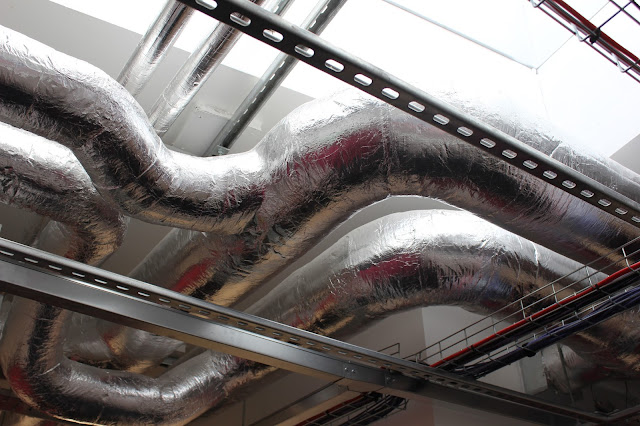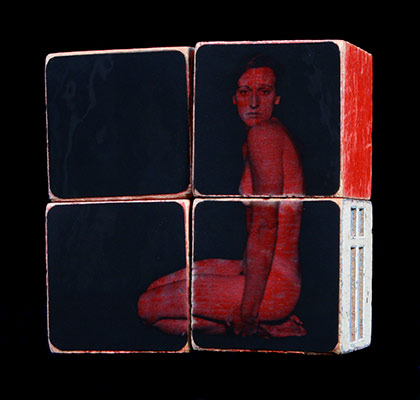A completely different look at MISPLACED would be the word from American Photographer Richard Avedon. His work is well known and one of his most famous projects is his American West project. A summery of the project is:
"he focused on everyday working class subjects such as miners soiled in their work clothes, housewives, farmers and drifters on larger-than-life prints instead of a more traditional options with famous public figures"
This collection of images really shows the true representation of people in the West. His images are all highly detailed and similar in size and crop. This means all his images are of equality and therefore could be a question on the treatment of these people in society and how they are misplaced due to their wealth and class. The images are all of a similar framing, the person in the center, to show just them as simple as can be. This draws away any judgment on their actions and the only thing visible is there portrait. Another thing I really like about these images is the fact they are all in black and white. This black and white effect is typically seen when sad emotions are being portrayed or wanting to be portrayed. That means the images in this effect create almost a sadness about the images without any context to the pictures. The black and white effect also adds a grainy effect similar to their cultural lifestyle. It also shows how their personality is quite monotone similar to the images, again forcing the audience to feel certain way. I also like the way the images are in typical portrait style as this almost idolizes them as if it was a famous person.
The people in the images as a whole are generally misplaced as they are of the lower class they are not as accepted into society as others who are seen as 'normal' and 'well-off'. This shows misplacement within people in a 'equal' world. Below are some of the images I found really intriguing:


















































